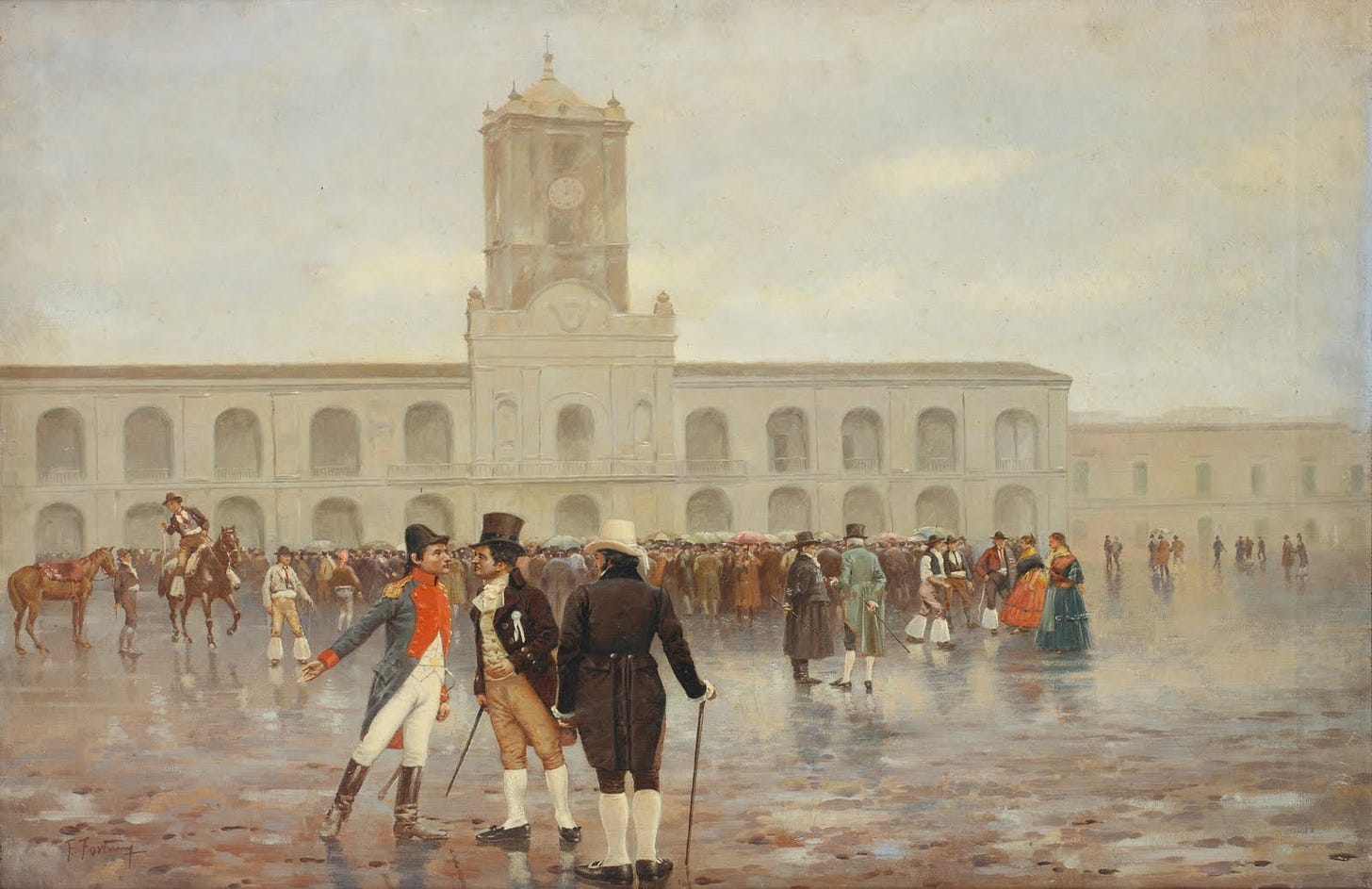The People Want To Know What Is Going On
At any given time, a worker somewhere is complaining about “communication”.
What do people mean when they protest about “communication”? Typically, it is about scarce communication: “we don’t know what’s going on”, or “we don’t know about important decisions until they are already made”, among other classics.
I like to ask candidates during interviews about what they didn’t like in their past job, only to hear that the problem was “communication”.
It feels as if everyone would like to know absolutely everything, at all times. Which is, from the start, absurd: it would mean the whole organization taking part in every single meeting, email and interaction and participating in every decision-making process. Democracies learned centuries ago that it is more practical to choose a set of representatives to decide things than let the populace do it, implicitly accepting paying the price of some informational deafness—we simply cannot know what our representatives are up to at all times, but all we can get are samples or chunks of what’s going on every now and then. How good or bad those representatives turn out to be, that’s a different story.
A somewhat obvious axiom: perfect communication in organizations—this is, all information generated reaching everyone instantaneously—is impossible. There will always be missing information for every individual. Why? Simple: division of labor, a principle that is as old as time. In an organization, we don’t do the same things nor are we all part of the same groups. Our tasks are compartmentalized depending on our abilities and on our position in the hierarchy. Therefore, we move in communicational zones of different shapes and sizes. What’s outside our zone, we know little. Unless someone with the capability of broadcasting across zones spends energy in making that information reach us.
Division of labor happened at some point in our history, and it stayed. Granted, it’s far from perfect. Among the known drawbacks of it, you can find the problem of ‘mobility’. This means, as labor gets more granular and specialized, a worker stays on a single job for a long time and this makes it difficult for them to move to other jobs. Another one is the problem of increased interdependence: division of labor has meant that workers and industries may have to depend on one another, a factor that can directly impact the somewhat fuzzy concept of productivity.
But, fundamentally, as labor gets subdivided in smaller and smaller units, it compartmentalizes information and how that information spreads across the formal and informal networks of people that cross cut the organization.
Years ago, I had the chance to talk to someone who had just been hired as “internal communication manager”. I could not really think of a more challenging job: to make people communicationally happy. A colossal task. When I inquired on how she was planning to accomplish her challenging job, her response gave me a clear impression she was underestimating the complexity of what she had coming ahead. Unsurprisingly, she did not last long in the job. The communication about her termination was definitely ironic.
Good organizational communication is not about isotropically broadcasting every bit of information but about understanding what informational pieces are worth spreading across the social fabric. More importantly, good communication is about communicational education. The communication of communication. This means, helping workers cope with the idea that there will always be something that will be known by some and ignored by others. Because that’s how we chose to work. Those with the broadcasting powers must be judicious enough to evaluate what must be spread vs not, and how. Mind you, too secretive approaches may spark revolutions.
In the episode “I’m With Cupid”, Homer Simpson says: “everybody’s marriage is falling apart except ours. See, the problem is communication; too much communication”.


